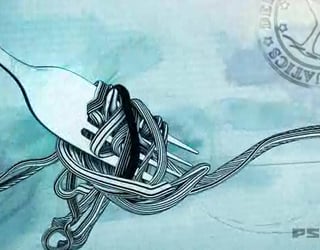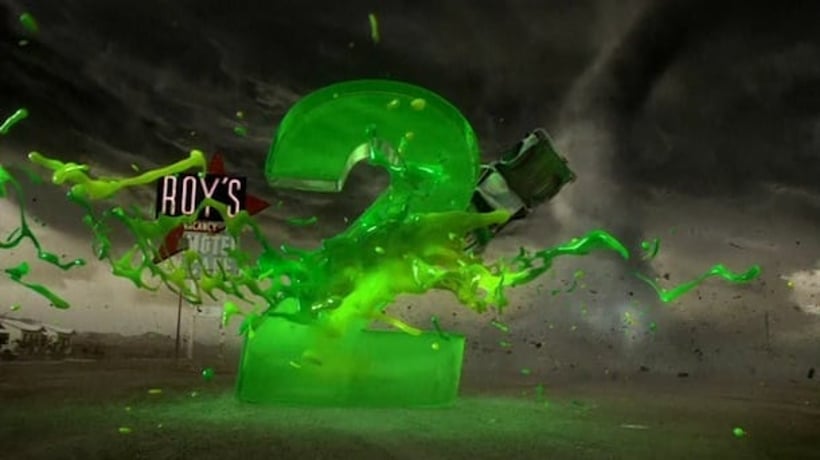
The Art of Transition in Video
As soon as you start trying to tell a story through video, you inevitably go through the “editing” phase, where you cut...

Jonathan Yeo directed the complete rebrand of the British channels Sky 1, 2, and 3 last August. MPC handled the post-production, with no fewer than 30 people involved, 9 months of research, and another 9 months of production — resulting in a truly impressive outcome.
Jon’s initial idea was to assign a specific element to each channel:
A Solid material for Sky 1, which focuses on entertainment.

A Liquid element for Sky 2, oriented toward science fiction.

And Particles for Sky 3, targeting a female audience.

For 9 months, MPC went through an extensive research and development phase, exploring the three main types of animation used in visual effects: Rigid Body Simulation, Fluid Simulation, and Particle Systems. Here, there wasn’t much After Effects involved in the workflow — instead, heavy-duty software was used, such as Mental Ray, Real Flow, Maya, and Pixar’s rendering engine, Renderman.
For the breaking and shattering of the “1”, MPC used an in-house tool they developed. You can see a demo of it in this short making-of from the R&D phase:

Below are 5 spots showcasing Sky’s new visual identity. The playlist also includes the original raw footage, straight from the camera before any post-production work. These are always fun to watch, as they help you better understand the craftsmanship behind each shot: floor and wall markers for 3D tracking, cables on actors or steadicams to suspend them mid-air — all those little details that must be prepared before filming and then cleaned up afterward. I always find it fascinating to see before/after comparisons on VFX-heavy shots:

The goal was to create a modern navigation system, reminiscent of futuristic operating systems — a sort of “space” unique to each channel, where the camera could fly from one to another seamlessly. By the way, the latest preset from Mr. Andrew Kramer, SureTarget, is extremely effective for this kind of movement in After Effects — it really helped me out on the Fubiz spot ;)

I’ve always wondered how broadcast systems work behind the scenes to automatically update on-air graphics based on programming and other parameters. In After Effects, we use scripts to automate tasks, but there’s always a render phase, which takes time. If anyone here knows how TV broadcast graphics work in the back office — whether they rely on real-time render systems or dedicated software — I’d love a little lesson :)
Overall, I find the result of this rebranding really great. For those who want more details about the design process and to see Jon’s early concept sketches, I recommend reading the full Sky project case study on his site here.
I am the Founder of Mattrunks. I work as Creative Director and Motion Designer in my studio. I also create video tutorials to share my passion of motion.
Newsletter
© 2007-2025 Mattrunks – Developed by Grafikart